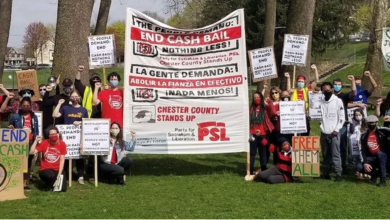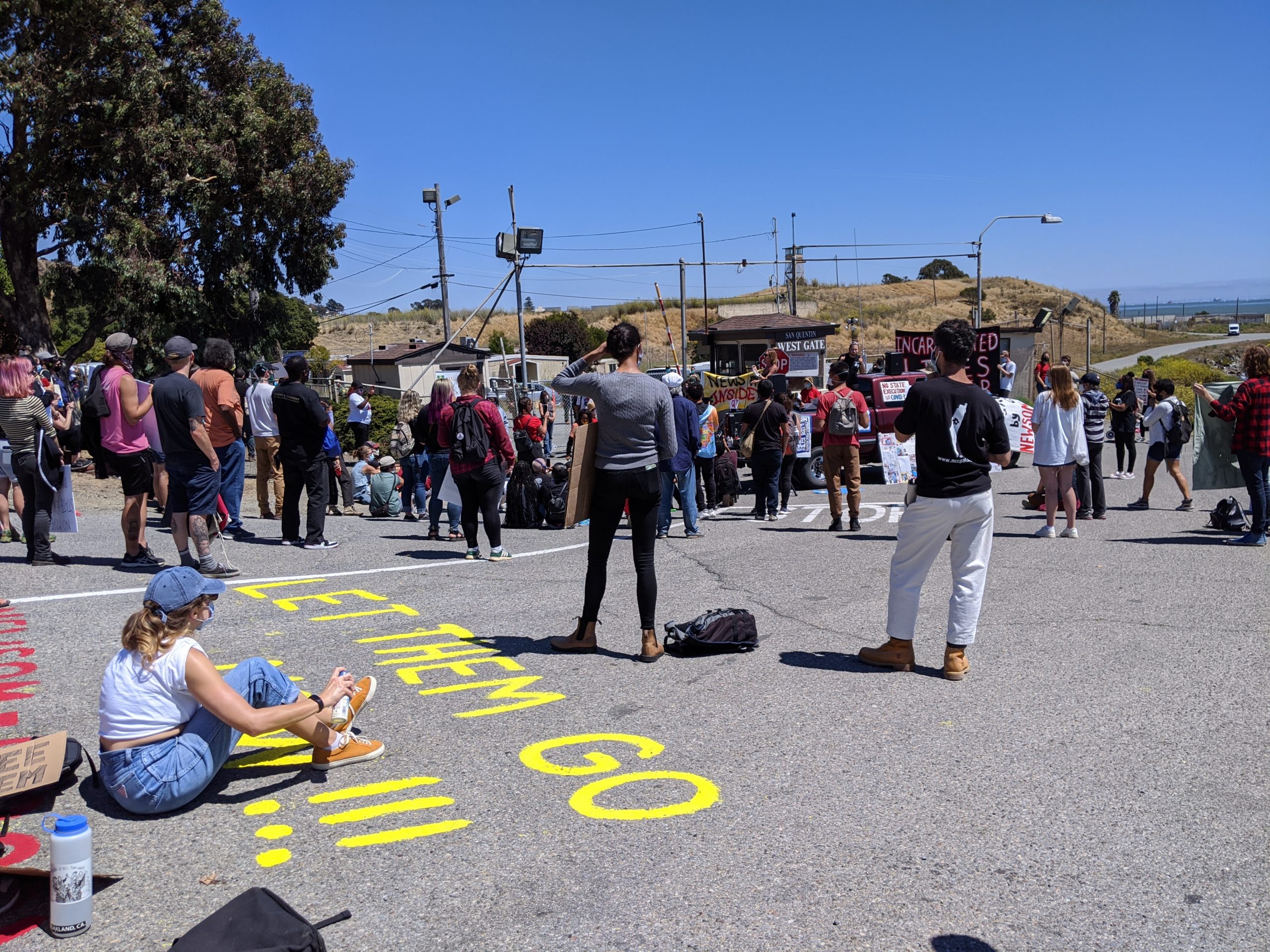Photo: Protest at the White House in 2012 to demand the closure of Guantanamo. Credit — Medill DC
The Biden administration has directed the National Security Council to conduct a review as part of initial efforts to permanently shut down the infamous U.S. prison at the Guantanamo Bay naval base. White House Press Secretary Jen Psaki last Friday said that closing the prison camp by the end of Biden’s term “is our goal and our intention.”
The high-security prison colloquially known as Guantanamo Bay or Gitmo, was first set up during the George W. Bush administration to hold individuals with alleged ties to the 9/11 attacks or to al-Qaeda. At its peak, the prison held up to 800 prisoners. Currently, it houses 40 prisoners among whom only five are charged with planning and supporting the 9/11 attacks. Legal proceedings for these inmates have been delayed for years.
The Guantanamo Bay prison became known for its use of horrifying torture methods, violations of religious rights and trampling of due process rights. Former inmates described sexual assault, frequent waterboardings and psychological torture. Early detainees and FBI witnesses described to the New York Times the “practice of shackling a prisoner nude inside a very cold cell and depriving him of sleep with blaring loud music and strobe lights, all to gain his cooperation.”
The base at Guantanamo Bay is the last remaining vestige of the U.S. colonial occupation of Cuba. Cuba became a colony and semi-colony of the United States following a war in 1898. The triumph of the 1959 revolution put an end to this status, but the U.S. military was able to hold on to its installation at Guantanamo Bay. The Cuban government has denounced the horrific practices at the prison and moreover demands that the United States return this territory to its rightful owners — the Cuban people.
There is good reason to be skeptical about the Biden administration’s “intention” to close the Guantanamo Bay prison. The Obama administration as well made repeated promises to close the torture house but ultiately failed. A familiar refrain for Democrats, Obama cited resistance from Congress as an excuse.
But Obama squandered the major political momentum that existed behind the demand to close the facility by wasting time negotiating what he referred to as a “responsible” way of doing so. What this essentially meant is closing Guantanamo but in a way that preserved the U.S. government’s capacity to arbitrarily and indefinitely detain those who it labels “enemy combatants.” While most prisoners were freed, the Obama administration insisted on transferring some detainees to prison facilities in the United States, largely reproducing the conditions of Guantanamo but on U.S. soil. But his administration was unable to consistently find willing hosts.
The Biden administration’s stated desire to close the Guantanamo Bay prison is hardly benevolent. This inhumane torture house has become a liability for the United States, which projects a (false) image globally as the beacon of freedom and democracy. But its closure would still be a welcome development in the fight against the U.S. government’s flagrant violations of human rights around the world. If the prison does indeed close, it would be the result of the decades-long struggle of grassroots movements and activists bringing awareness to the issue to the point where it became a liability.





